Born in the Bush and at home there forever
We meet Sab Lord on an unpaved airstrip in Arnhem Land. Arriving from Darwin after a one-hour flight in a twin-engine Cessna 310, we will spend the next three days with him in the bush. We are a group of four and eager to hear the secrets first hand.
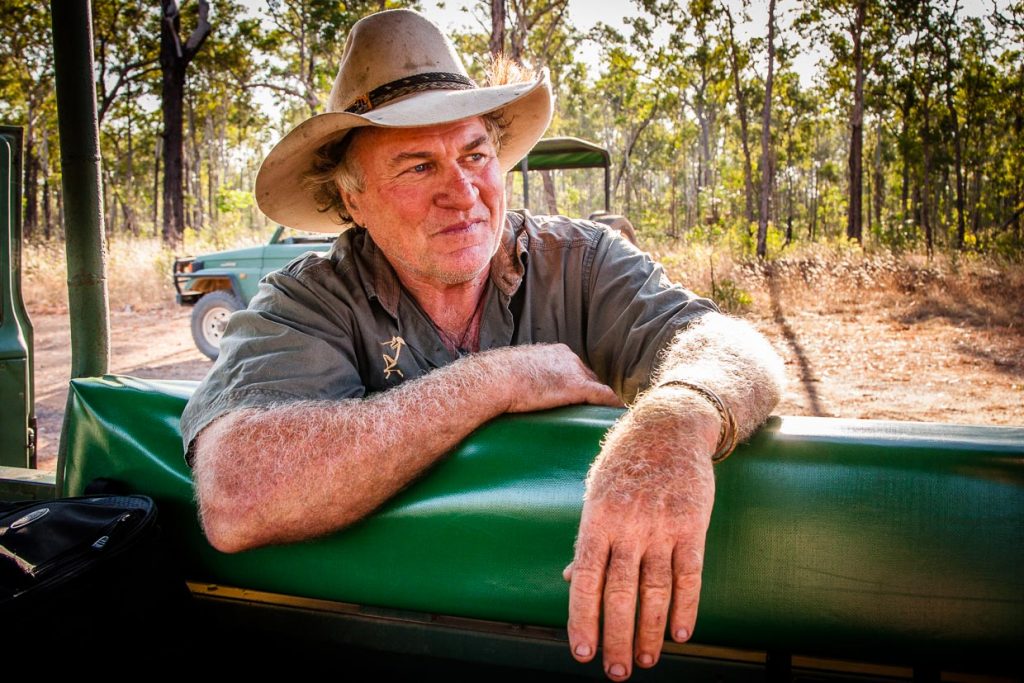
There are few people other than Aborigines who are as intimately connected to the life and primal nature of the Northern Territory as Sab Lord. He grew up in the open air because his parents did not yet have a house. He made friends with Aborigines of the same age, learned their language and helped out on his father’s buffalo farm at an early age. He did not start school until he was 13. In faraway Sidney, everything was foreign to him, and he only learned how to tie his shoes at boarding school. Influenced by such extremes, he is now able to put himself perfectly in the shoes of his customers, who come from all over the world. Whoever books a tour with Sab today will not only get to the best spots the Australian outback has to offer. His rough, rugby-influenced, but at the same time humorous and cordial manner, allows trust to grow quickly and curiosity increases the more he tells. He casually points to a plant. It is a screw palm, which is called Pandanus in Australia. Only in the course of the day, we grasp the meaning of the short lesson.
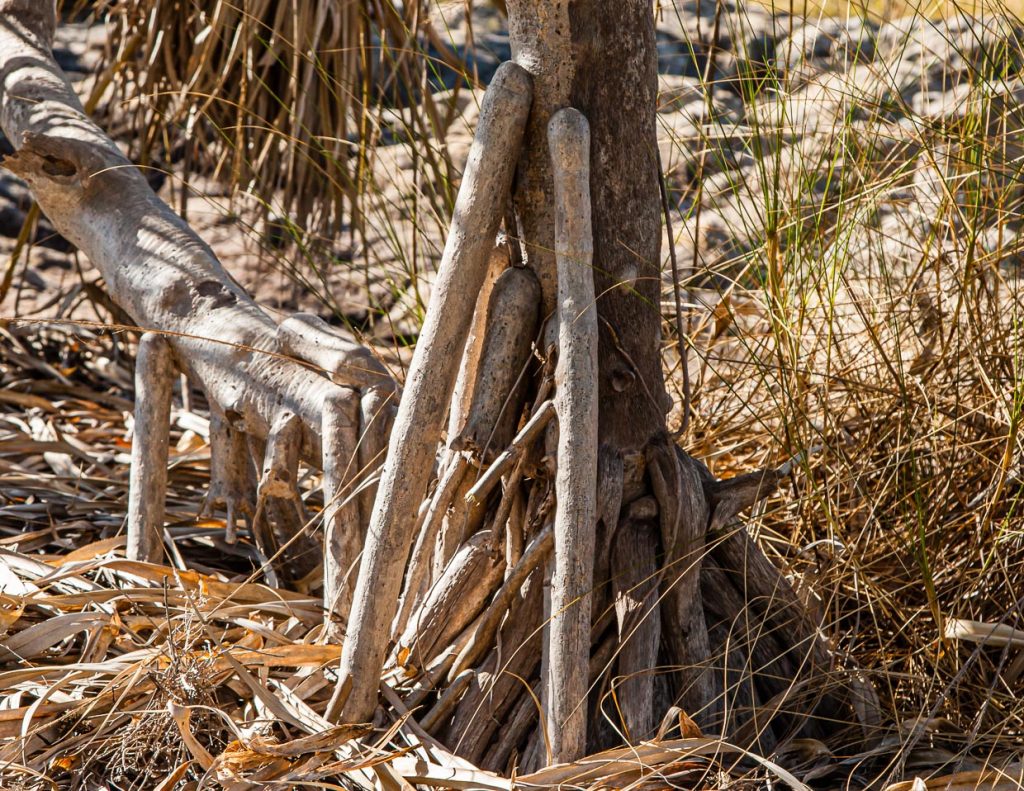
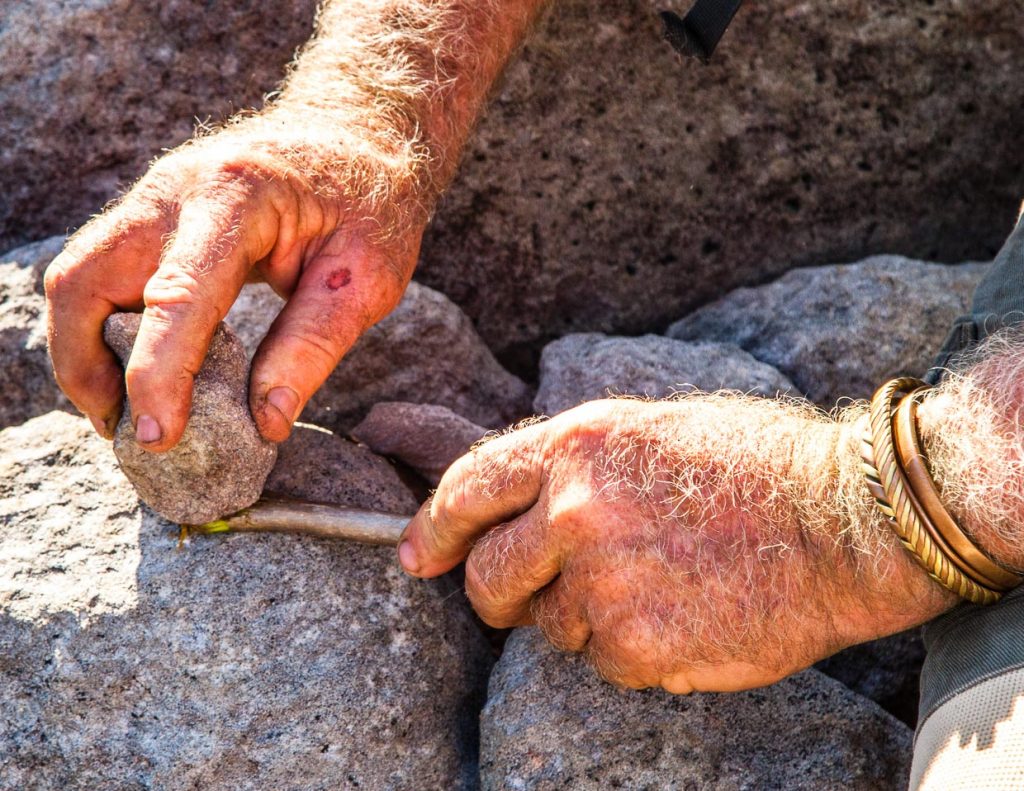
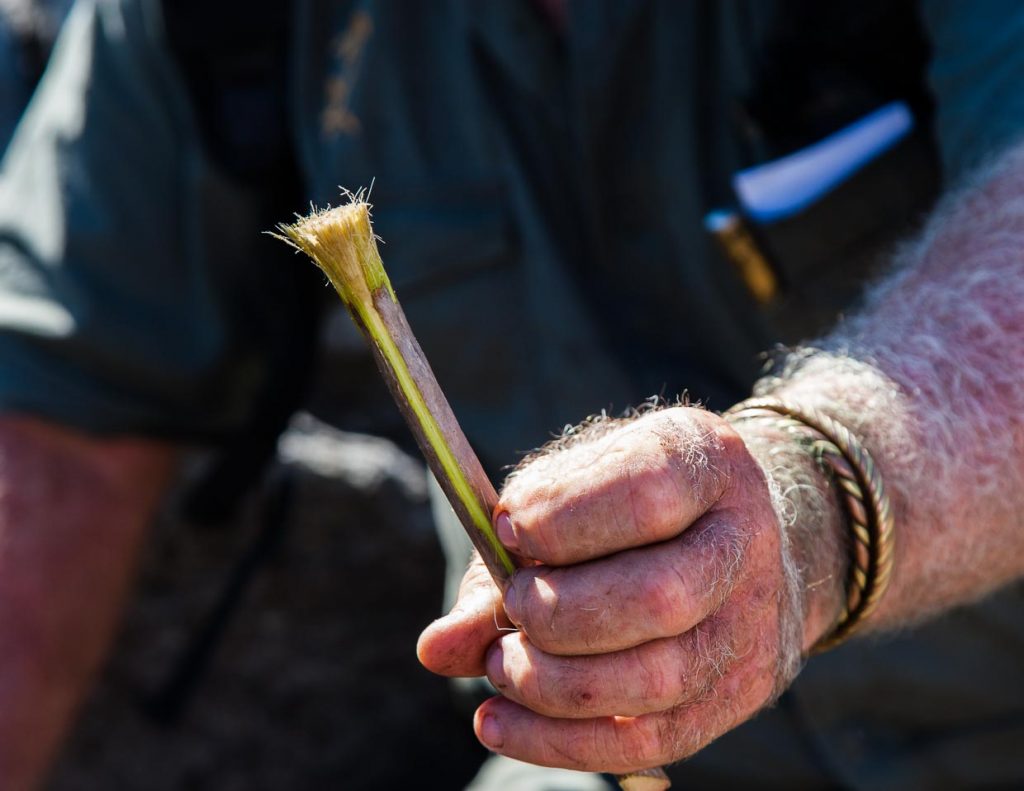
But first, at Davidson’s Arnhemland Safaris Lodge, we get our rooms for the night and a briefing on the basics of life in the bush. Consistent sun protection and insect repellent from dusk on are mandatory. Everyone fills up his water bottle, because during the walks in the sun, the body needs one liter of water per hour.
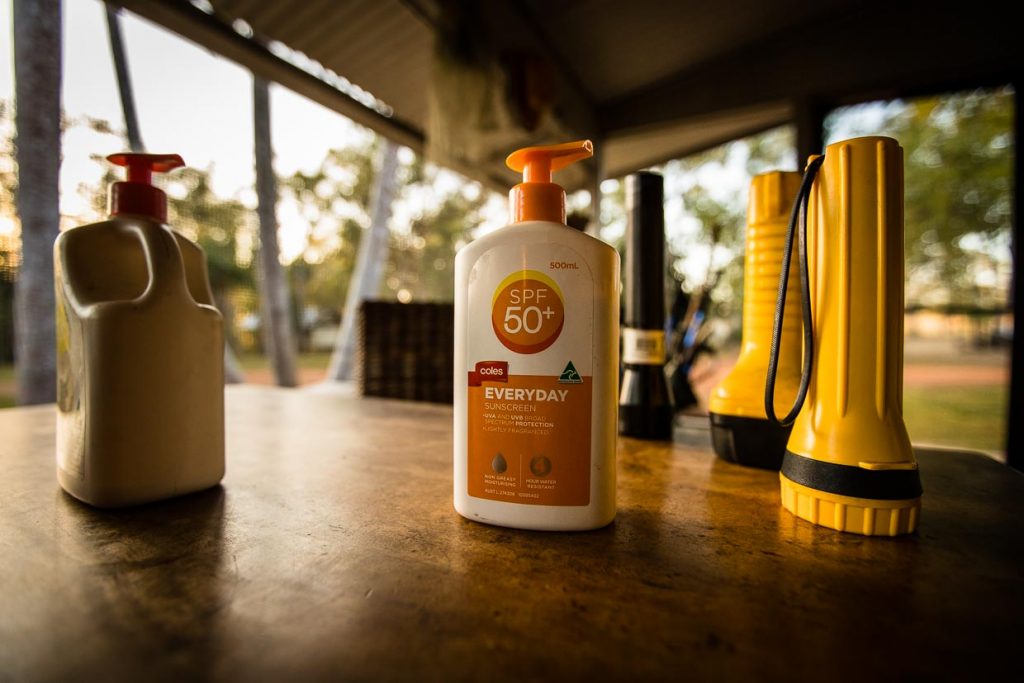
On the map of the lodge we try to orient ourselves. A photo on the wall reminds us of Max Davidson, who designed this property and lived here until his death. Max, similar to Sab, found many great rock paintings and was accepted and respected by the traditional landowners. But the land on which the luxurious lodge stands is leased and the contract must be renewed every ten years.
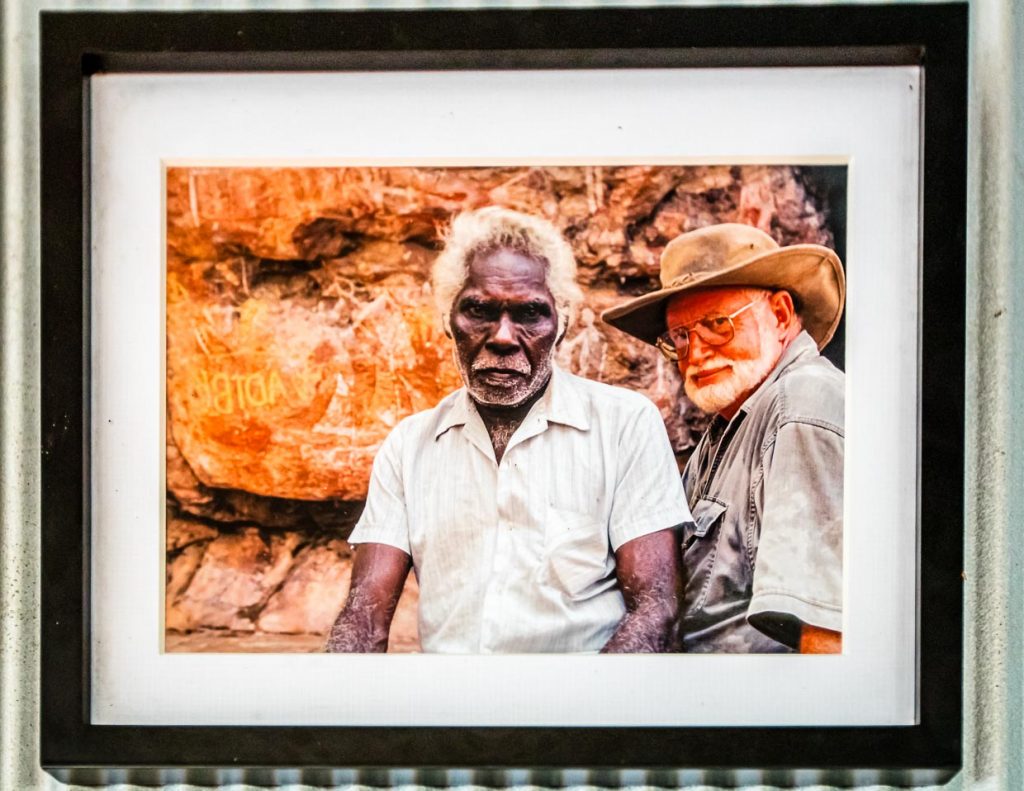
Whether Big Charly’s descendants will continue to lease the lodge to Max Davidson’s daughters in the near future remains to be seen. Currently, the lodge is booked by guides such as Sab Lord for their small, demanding groups, and the style of accommodations and meals is correspondingly individual. It is to be feared, however, that here the life’s work of the person who has been here on the trail of the wonders of the past will be forgotten. Even if because of the remoteness here certainly no mass tourism with the usual concomitants will move in, Sab fears that the full occupancy could have priority and if a general contractor would get the contract, only offers for large groups would be made.
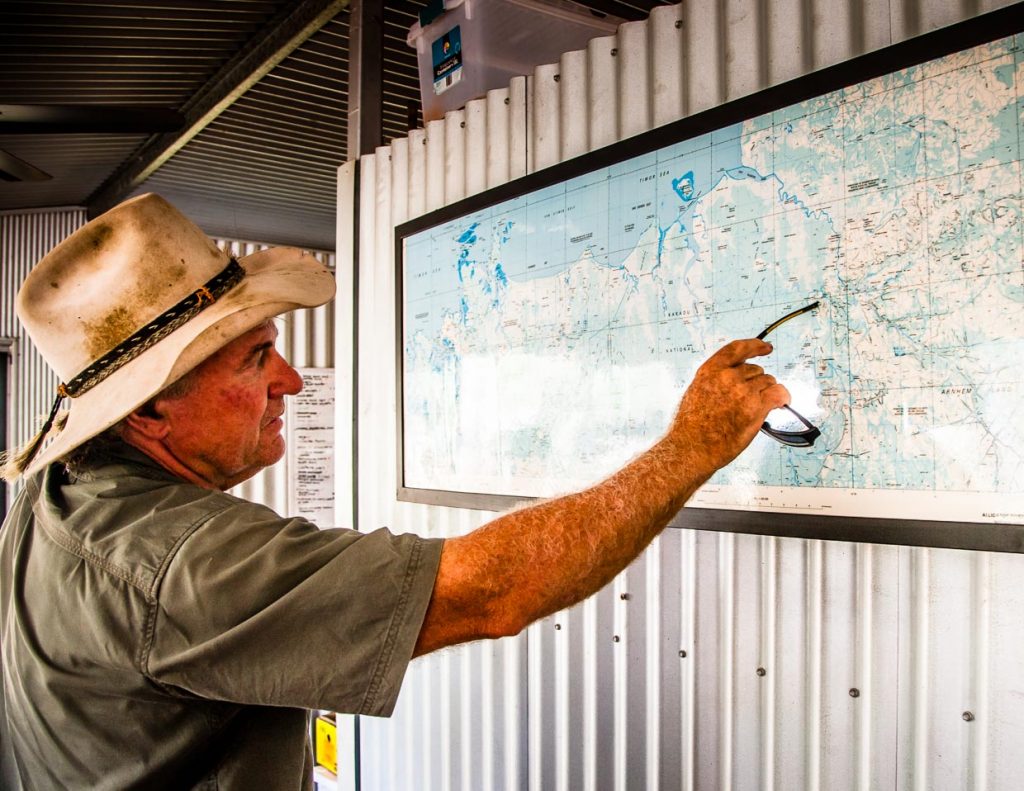
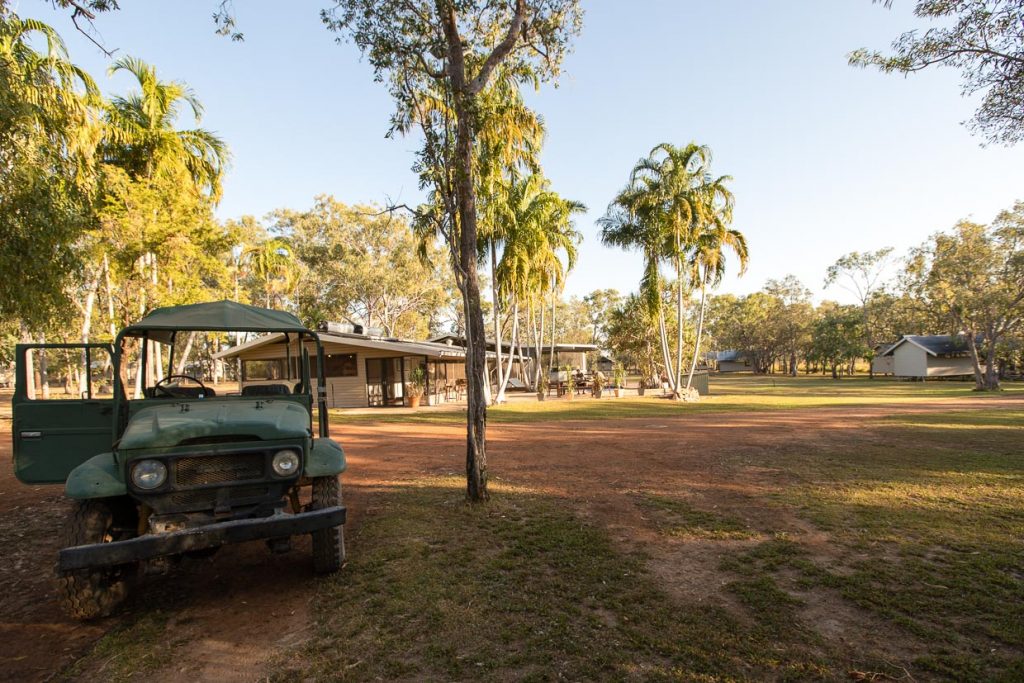
Our first longer hike with Sab Lord leads us to a rock massif, in which there is a cave system with many wall paintings and cult sites. Not everything may be photographed and especially burial sites are absolutely taboo. To this day, the caves provide shelter for people, especially during the rainy season. So we enter a space comparable to the privacy offered by an apartment. Thus, we gradually understand why a visit to these sites is allowed only to a few guides, who are known to the traditional owners and can be held liable for the integrity.
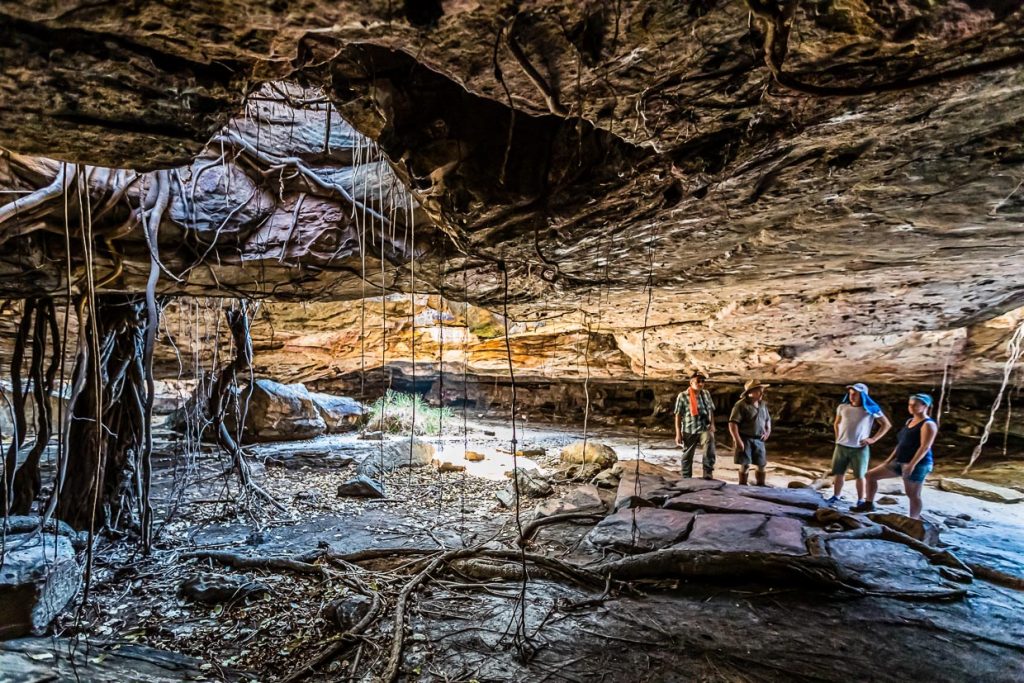
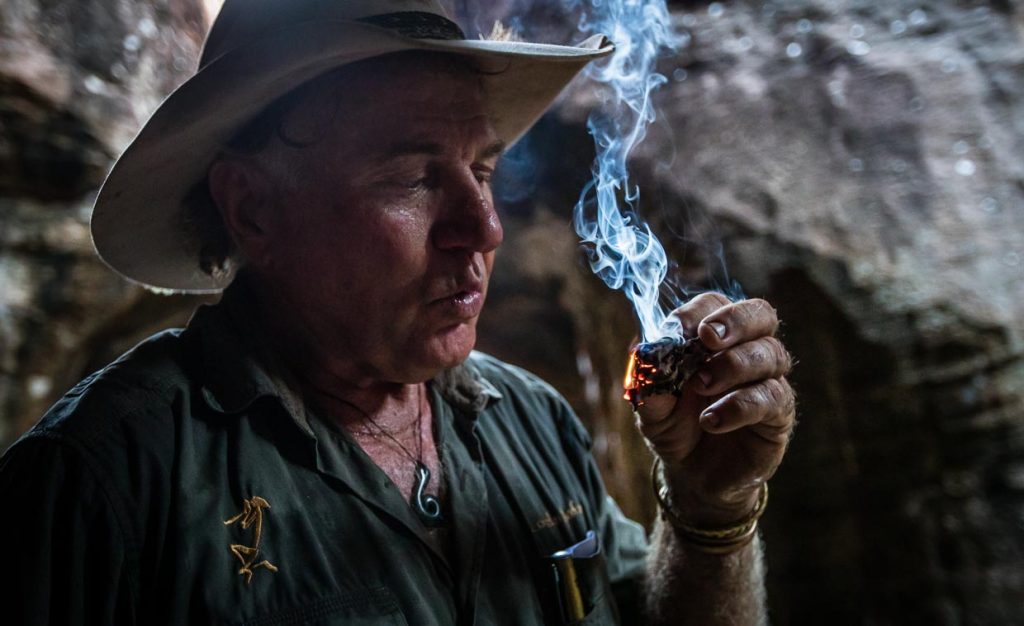
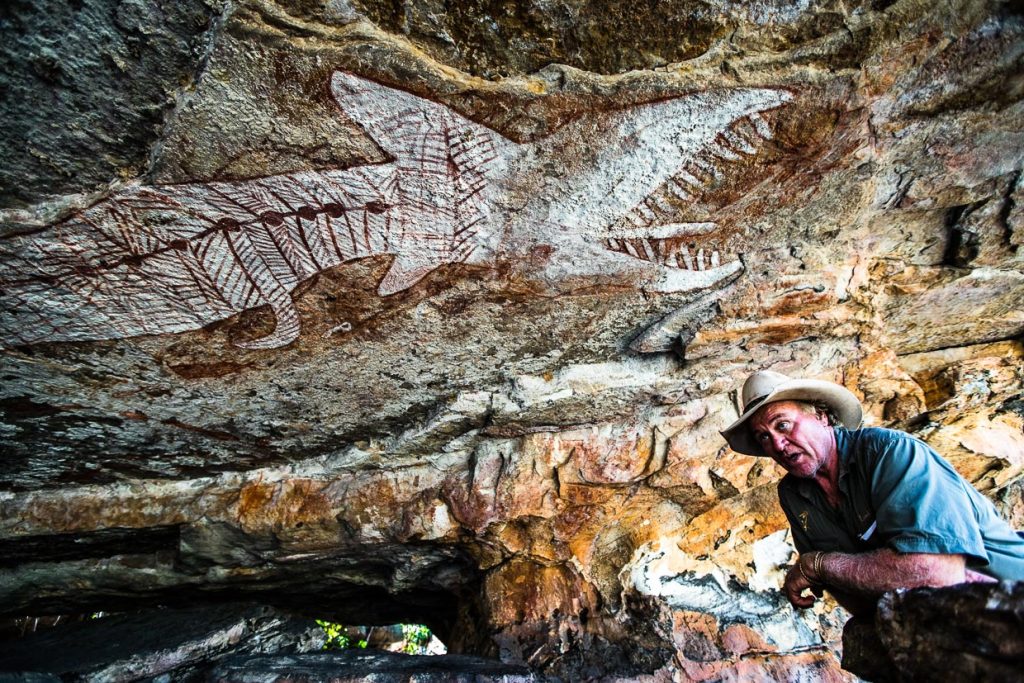
Having grown up with the Aboriginal children who were employed by his father on the buffalo farm, Sab spoke the Bininj language, which is now considered almost extinct. So he knows very well the forms of oral tradition, which thrives on things being retold over and over again. He himself is also a great storyteller.
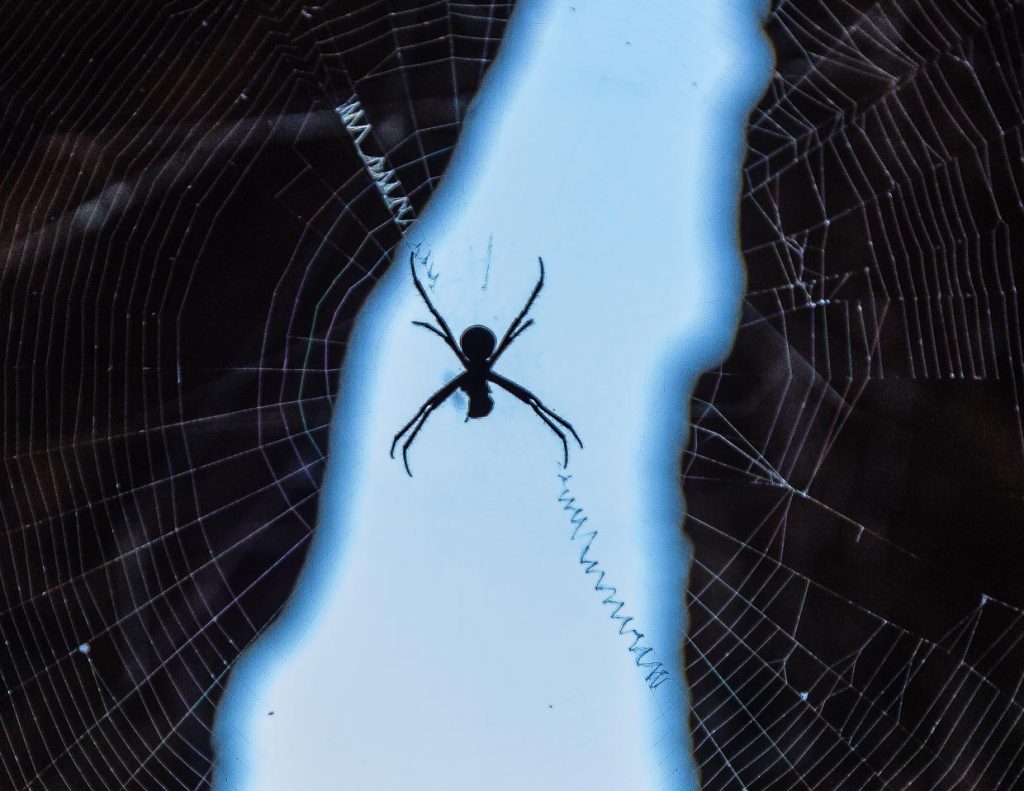
On the onward journey, the car’s fan belt suddenly causes problems. But as for everything, Sab has a solution for that too.
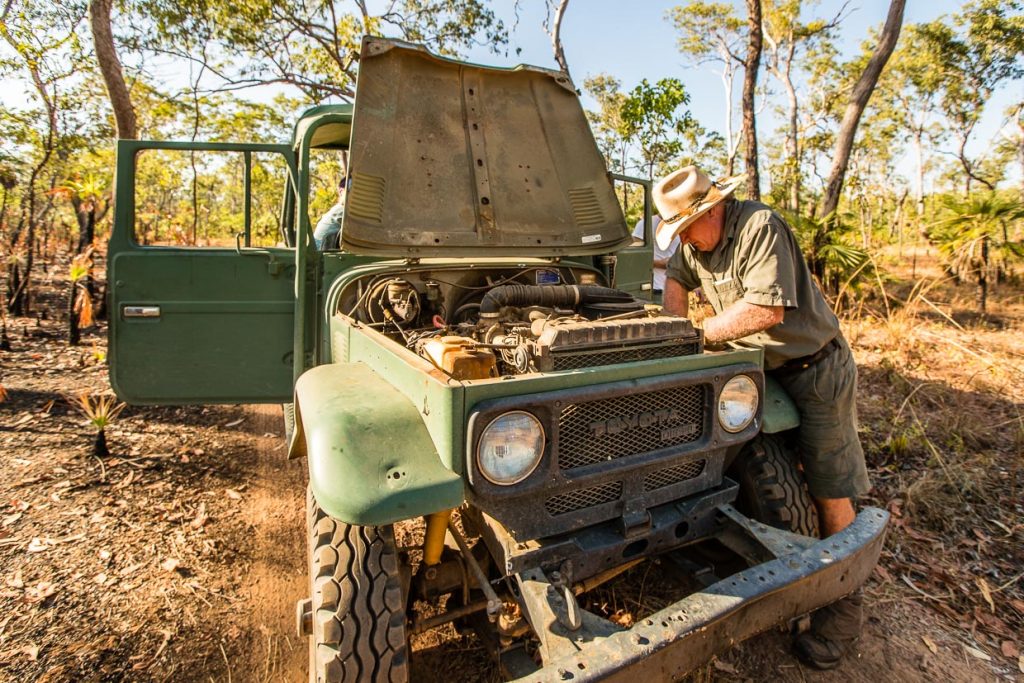
We arrive at a body of water and get into a lonely boat waiting for us. It is a billabong. Billabong is the name given in Australia to a river which flows only during the rainy season, but which in the dry season consists only of disjointed partly but still large bodies of water. On such a billabong Sab celebrates the perfect sunset and seems to have contracted the whole nature for it.
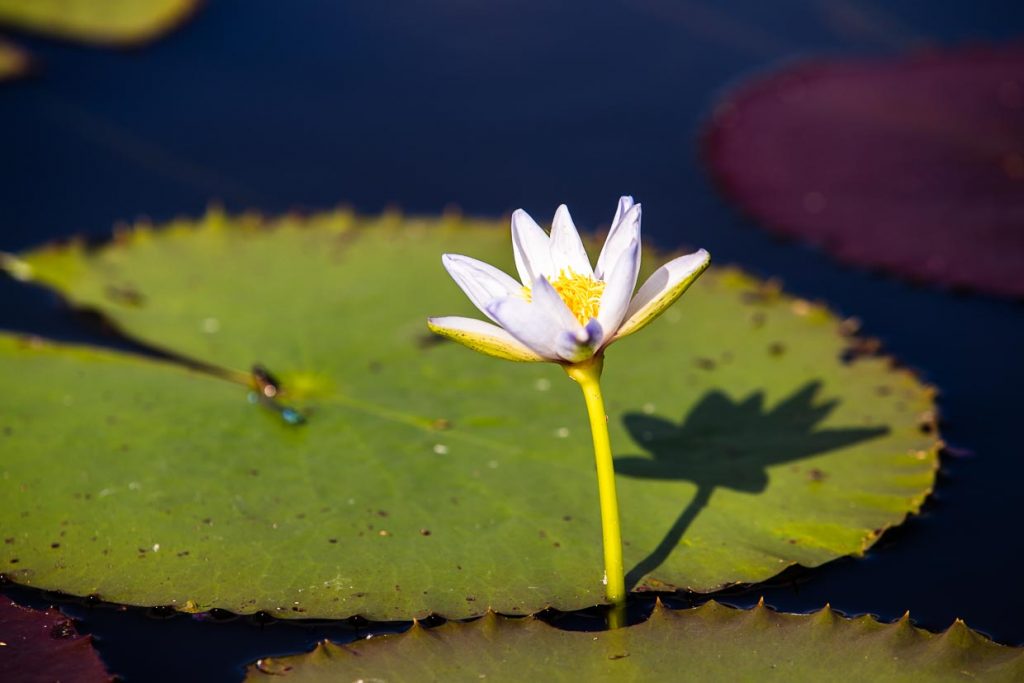
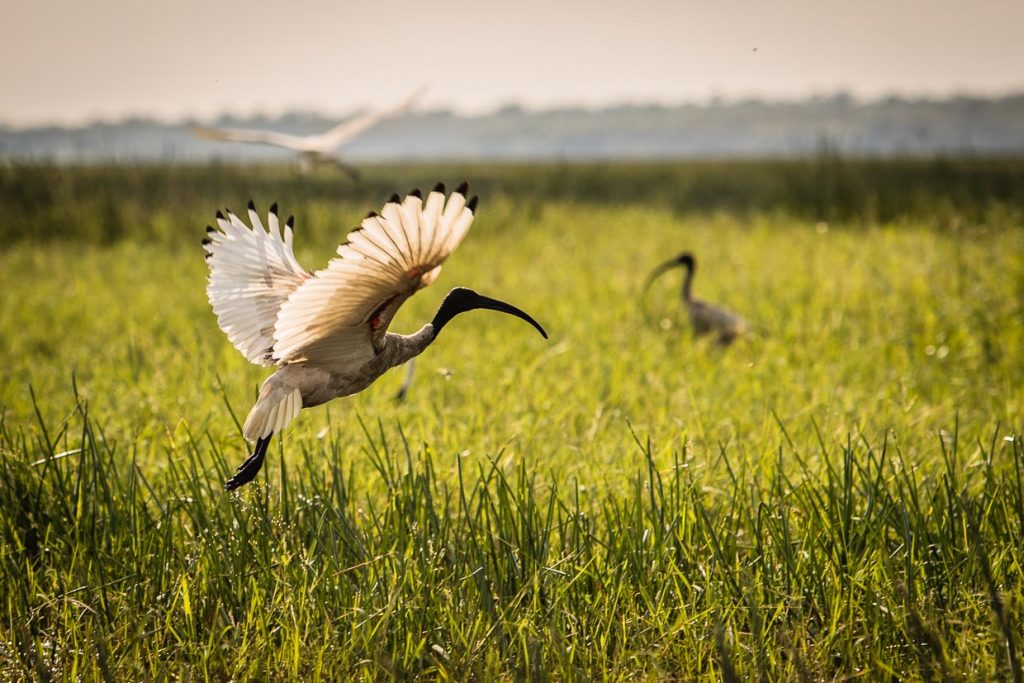
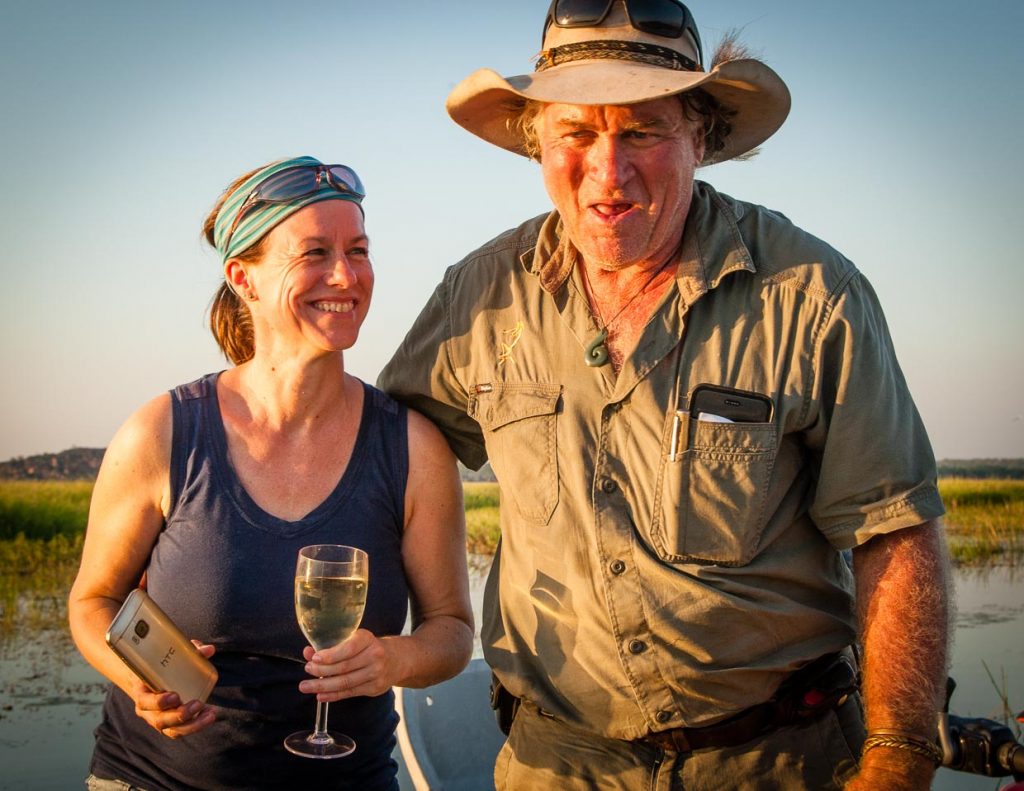
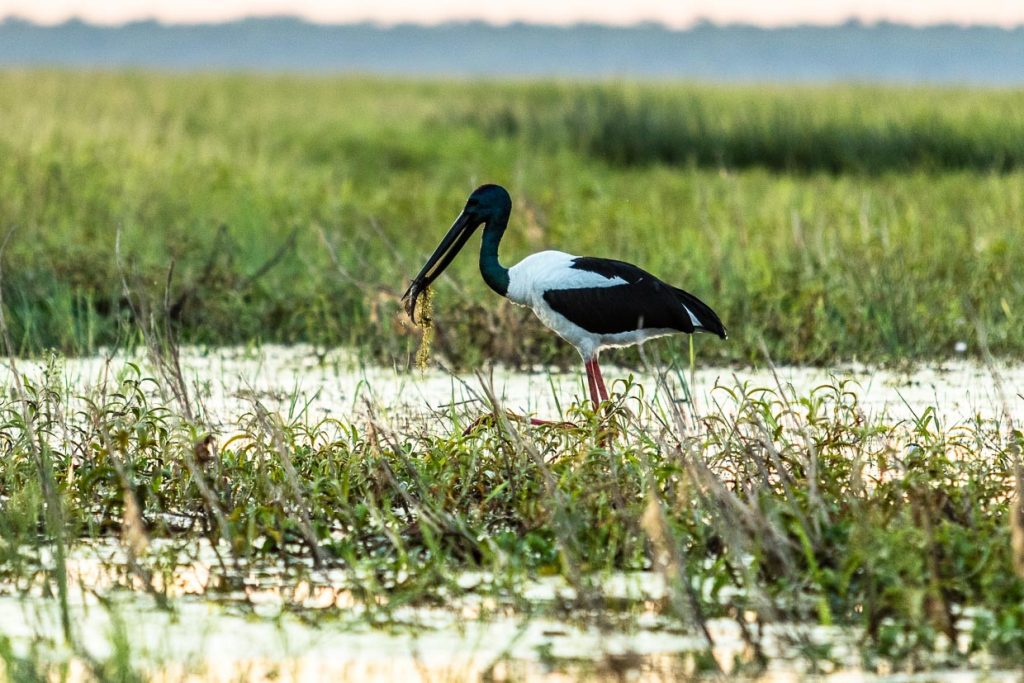
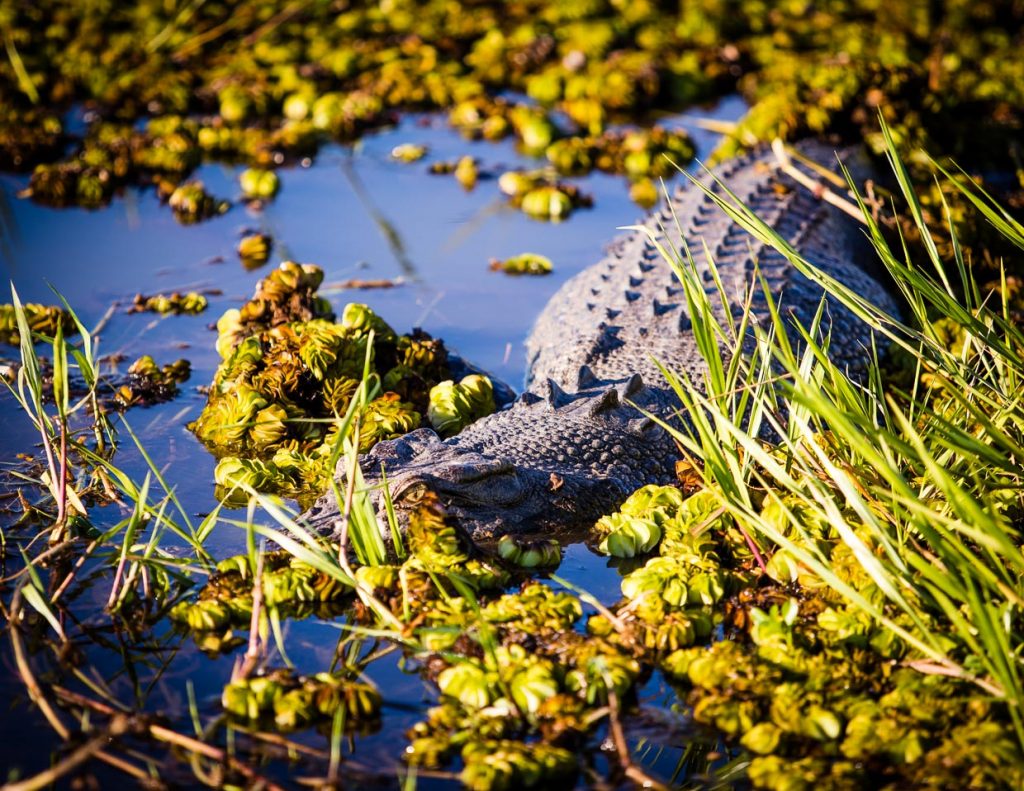
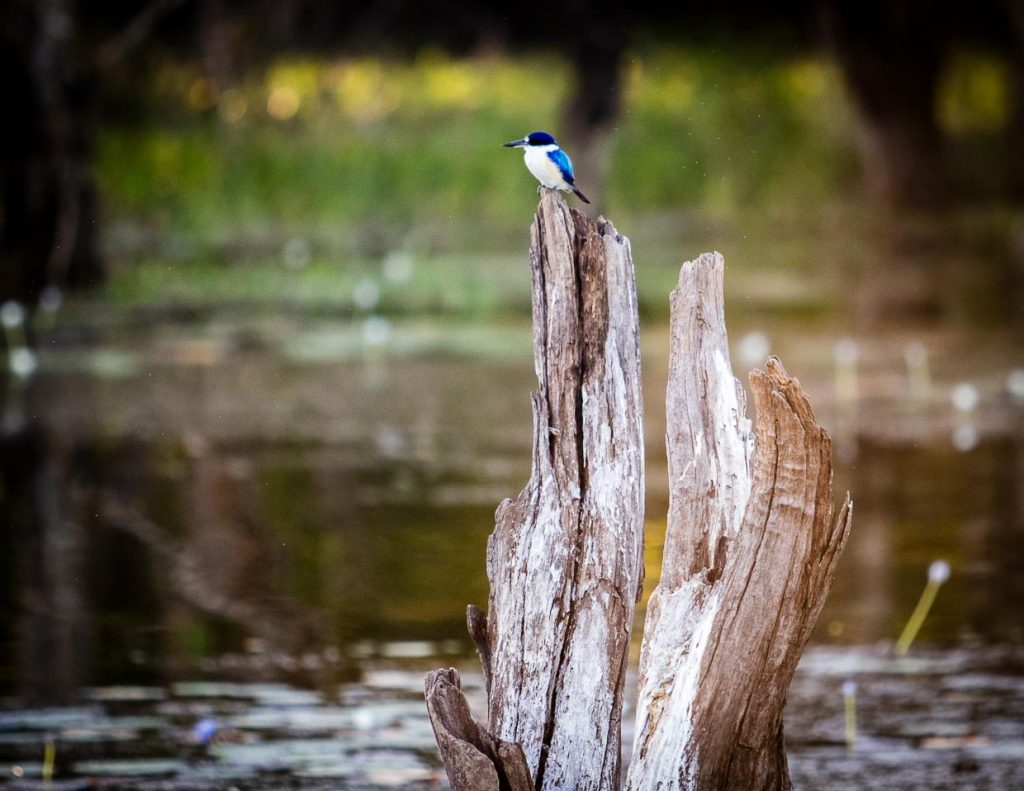

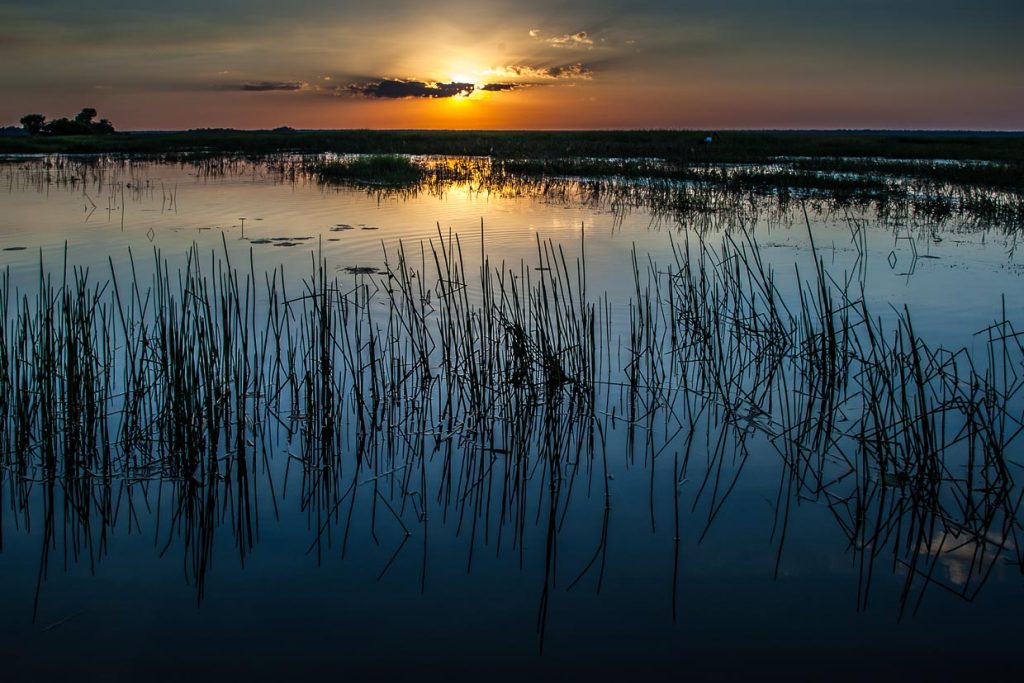
We arrive just in time for dinner at the Davidsons’ Arnhemland Safaris after a fast night drive through the bush. There is no time left for a swim in the pool.
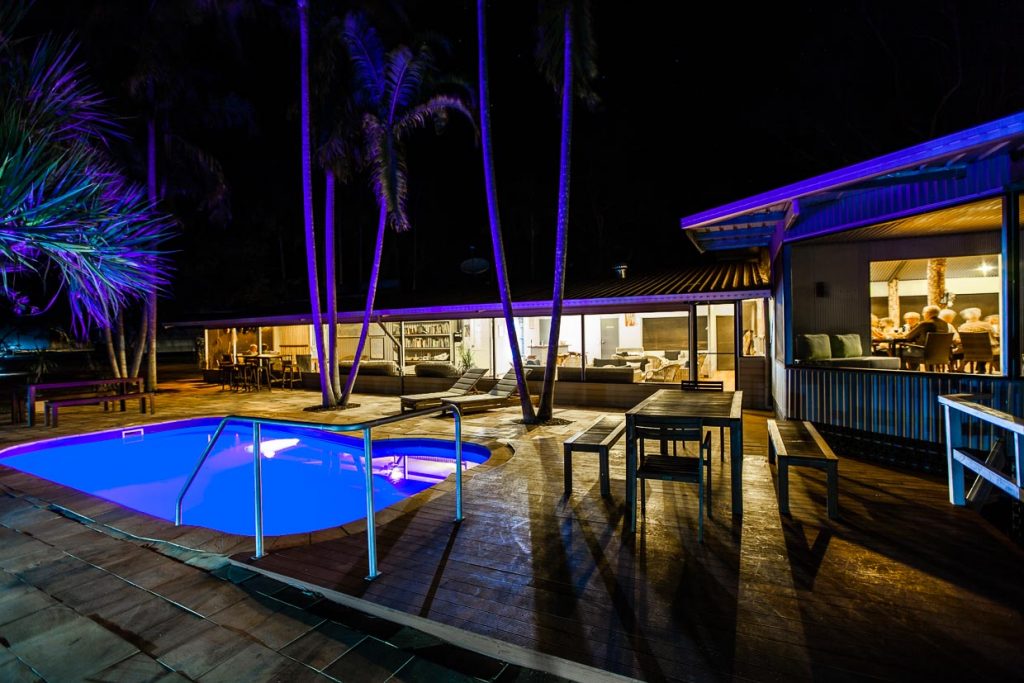
The next day we see more rock paintings but also objects of daily life lying ready to hand in rock crevices as if they were shelves. Dominoes, spearheads, carpenter’s tools, but also a hand axe, which, although ancient, still lies ergonomically well in the hand. A miracle that everything is still so well preserved and has not yet been lost. Sab has already made some experiences in this direction and asks everyone to keep quiet about the corresponding places.
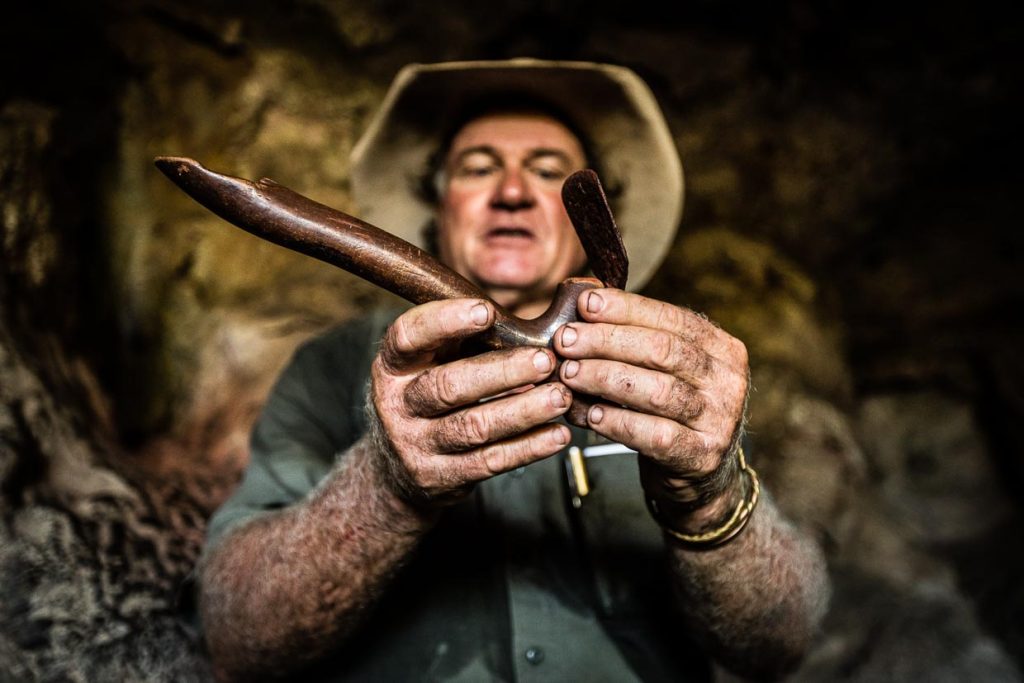
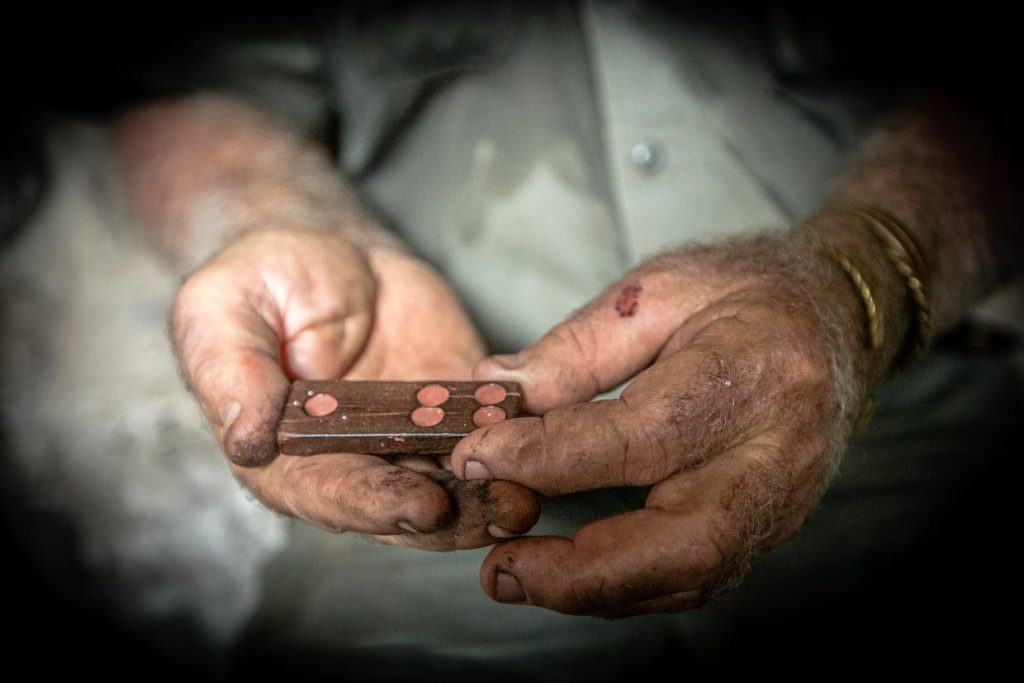
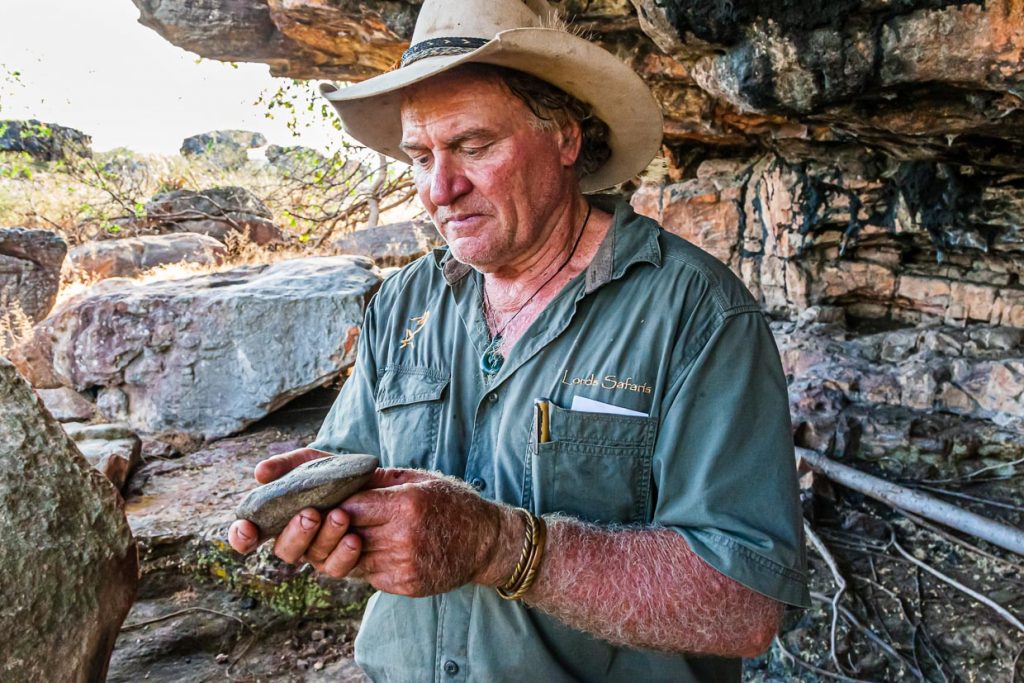
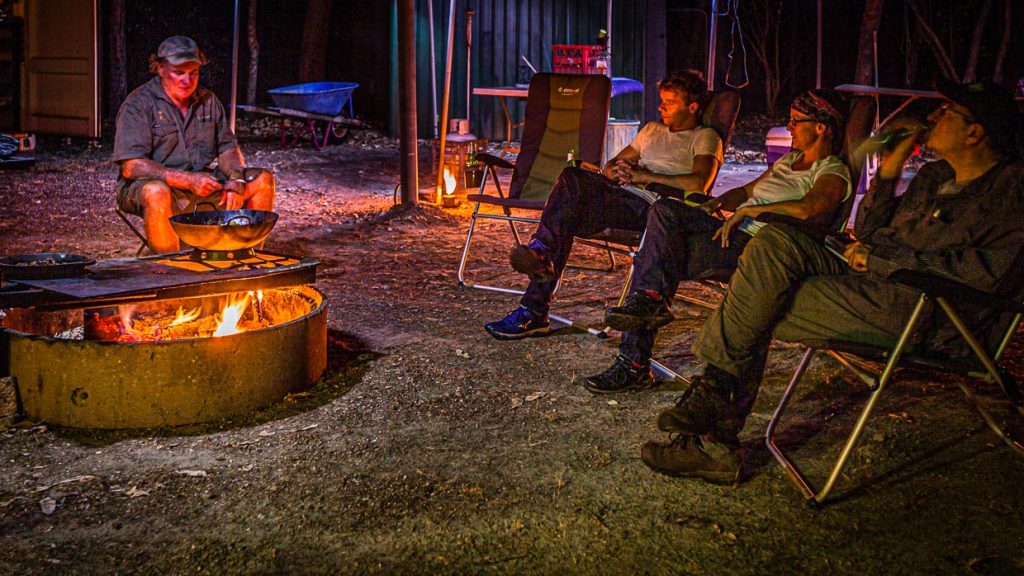
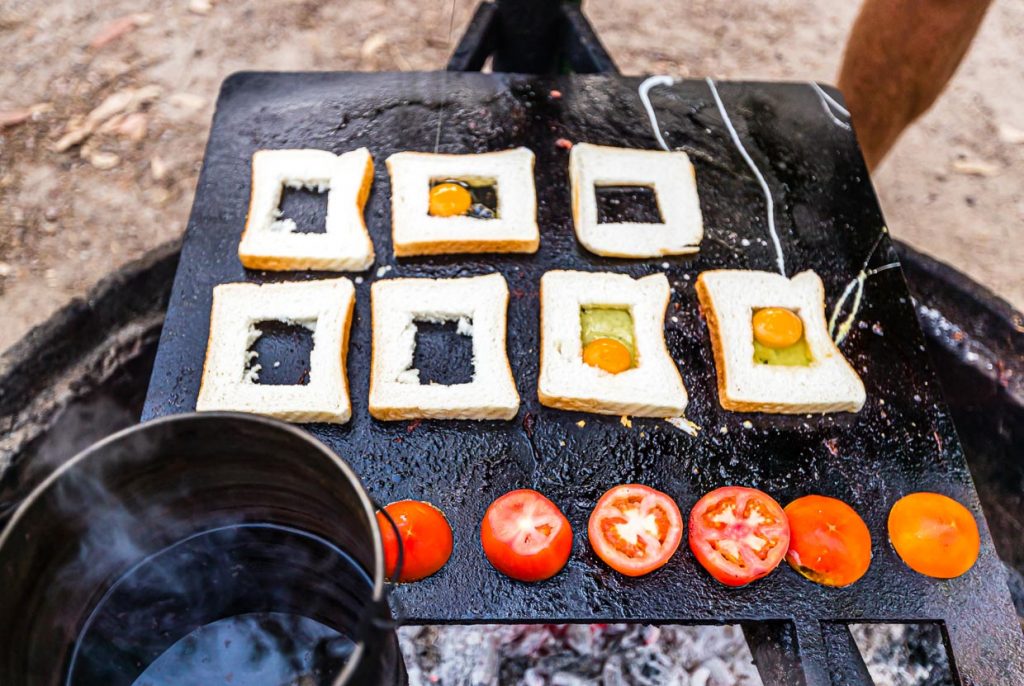
We have to leave right after breakfast, because the East Alligator River is only passable by car for a few hours a day and people often fall victim to the numerous saltwater crocodiles.(Australia’s most dangerous water crossing)
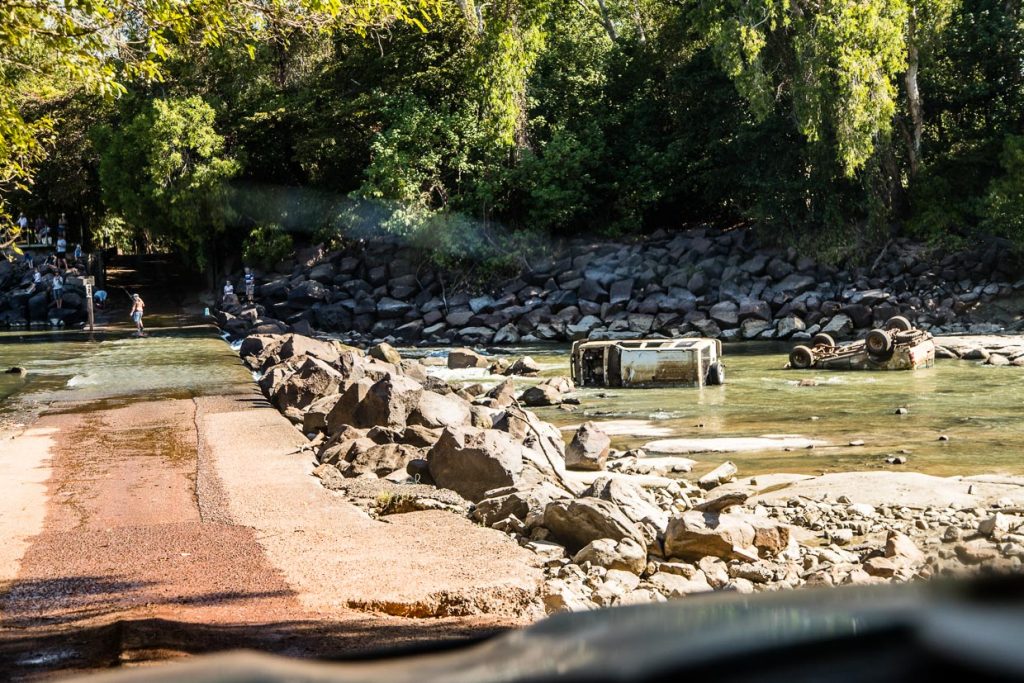
Travel advice: Australia for European tourists
The research trip was supported by the Tourism Office of the Northern Territory

